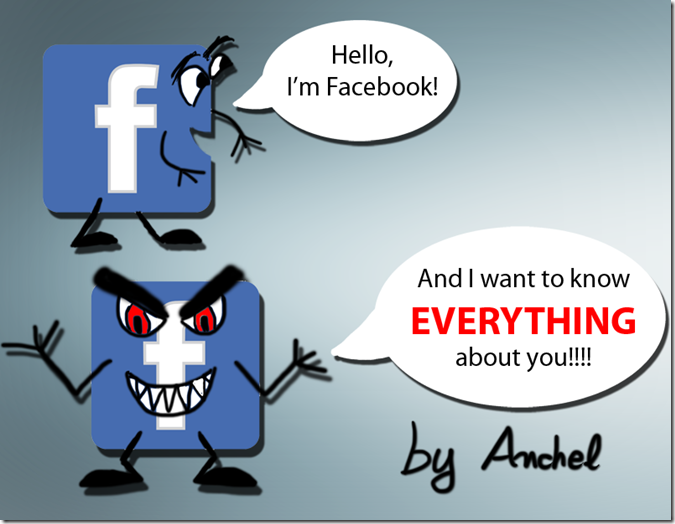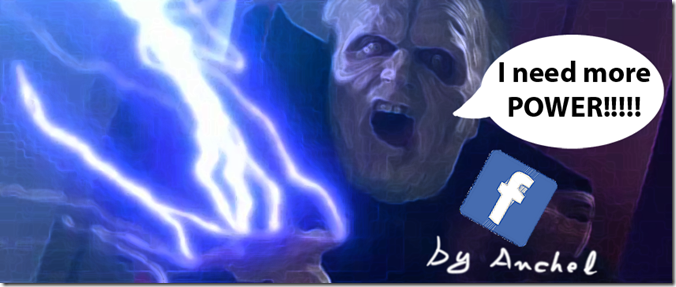Some people have already asked me what I think of Facebook’s latest changes. You know, that new friends’ feed page and the news ticker on the right, as well as all those little things that have been coming in the past few months.
Because you know, every single time that Facebook makes any change of sorts to what people are already used to, everyone complains. It’s a given.
In these situations I usually shrug my shoulders and explain that Facebook is a free service that you are using out of your free will, and that those little things people complain about are just that: little things. Nothing major. It doesn’t change the way you interact with your friends and it doesn’t screw you forever. So bear with them.
But today Facebook has announced something a lot bigger than that. It has announced what is probably the single biggest change Mark Zuckerberg has ever dared present since his little social network started.
In a very Steve Jobs-esque style, Zuckerberg presented The Timeline.
It’s very attractive, very thorough and, I hope, very configurable (hey, I do not want everyone to see my entire life in a chronological order!) I still feel like it clashes too much with the current styling of the rest of the world’s biggest social network, but it was a much needed change, especially with all the pressure from competing platforms like Twitter and Google+ stealing the thunder (and yes, I know that Twitter is a completely different type of social platform).
But Facebook’s biggest announcement today was not about this new timeline. It was about the new Open Graph.
For those who don’t know, the Open Graph is Facebook’s system through which companies and users alike can integrate their pages into Facebook through the use of the now super popular "Like” button. A couple of years ago you wouldn’t see any website relating themselves to Facebook. Now if a single piece of content on the Internet is not connected to Facebook in some way, it could be considered socially irrelevant, be it an artist, a movie or a new phone. It’s as easy as that.
Now Facebook wants to take it to the next step. They don’t want you to “like” stuff anymore. That feels like an endorsement. Now they want you to share every single thing you do.
Are you listening to this song on Spotify? Let your friends know. Are you eating pasta again? Your friends should know as well! How about that hike in the Frost Valley area? Mark that you’ve hiked it! The new Open Graph makes it easy for apps of all kinds to make use of this type of messages.
Here I have to agree with Mashable’s editor Ben Parr: Facebook no longer feels like it needs to attract new users. It’s already the biggest social network. And as of now it still doesn’t have much to fear from users flocking out to competing platforms in huge masses because, frankly, there is still nothing as feature-complete as their service. What it needs now though is to find a way to make users spend more time on Facebook, share more content and, ultimately, provide a bigger source of revenue. It’s all about monetization now.
But at least they are doing it in a way that doesn’t feel as disjointed or incompetent as what other companies have done in the past. Just take a look at MySpace. Heck, even the famous Tom Anderson from MySpace (you know, the guy that everyone had on MySpace when they first created their accounts) is giving it his full support and has been enthusiastically blogging live about these new changes… from Facebook itself!
While I posted a comical reaction to these new Facebook announcements, the truth is that I am very confident that they are going to have a very positive effect online as a whole. If anything, this social network, with all its flaws and privacy controversies, has helped us realize the potential of a social web more than any other. From company pages full of promotions to news sharing, going through picture sharing and online social gaming. And now it’s on to its next major step.
For that, they have my full support.













